NEW RELEASES |
You will be able to find here news about the latest Volvo scale models which have been announced or just been released. |
|
The number sixty-six in the Volvo Collection by Editions Atlas is the Volvo P1800 Jensen from 1964. This 1:43 diecast model reflects the first generation of the P1800 which was which had been manufactured by Jensen Motors in Great Britain for Volvo. What could I possible tell you about this iconic Volvo? I'm pretty sure most of you will immediately recognize this car. So this time I won't annoy you with any comments and you can switch immediately to the photos below which depict the hand-painted and hand-built pre-production model!
Quote from a press release by Volvo: History of the Volvo P1800 [....]
13 Comments
PerC
7/19/2016 01:23:44 pm
A very nice choice, something at least I have wished for. But a few comments:
Reply
Ove
7/26/2016 01:31:20 pm
Hi
Reply
Michelle
7/26/2016 04:32:11 pm
Hey Ova,
Reply
Ove Hauge
7/26/2016 08:18:23 pm
Hi Michelle
Michelle
7/27/2016 04:23:37 pm
I finally saw what you were pointing out.
Peter Nyström
7/26/2016 06:36:18 pm
Sad to see that Editions Atlas do it wrong again. The P1800S was manufactured in Sweden from 1963, this black (?) model is called 1964, year model 1964? The wheels on the model is of the type introduced on year model 1965, with black background to the "V". OK that it was a red center on the hub cap before, but in another shape. The model seems to be black, not an original color, graphite grey was the darkest one on model years 63 and 64. Editions seem to miss colors on every model now, PV36 in policeversion was dark blue, the wheels on 244 GTX was silver and the light green USA-version of an old 145, is in a nuance more similar to the color introduced on year model 1972.
Reply
Per C
8/18/2016 09:58:44 pm
Hi Peter
Reply
Barrie Maskell
8/22/2016 09:11:39 pm
Hi, I have a red with black interior, 1964 RHD Volvo P1800S and am looking for a model that closely resembles it. Have you got one?
Reply
Michelle
8/23/2016 12:48:05 pm
Hej Barrie,
Reply
Peter Nyström
8/22/2016 09:48:21 pm
Per C, interesting link about 1800-colors. My source is the eminent bok about P1800 written by Mats Eriksson and Kenneth Colliander, I trust it. The Jensen-built P1800 were sold in red, white and grey, but of course some specials might have been painted in other colors. Last P1800 was built in February 1963. The swedish built P1800S was offered in the same three colors, but not in the same nuances and color numbers. The swedish built came as year model 1963 and had the same red, white and gray (graphitegray) color and numbers as Volvo Amazon. Black Jensen built P1800 from 1964 is as wrong as it can be in my opinion. 1800S year model 63 and 64 had Amazon-type wheels in same color as the body and with the first type of Amazon hub caps with red centre. I come back with the comment and source to the Carioca police car color.
Reply
Per S
9/22/2016 09:41:26 am
Volvo P 1800 S had only different wheel hubs (the same red center as on the Amazon) and yellow blinker in the front for 1964 on the outside compared to 1963.
Reply
Michelle
9/23/2016 09:02:03 am
Hej Per,
Reply
Per S
9/23/2016 11:18:18 am
Hi Michelle, Leave a Reply. |
Nordic Collection
by Skand.com Volvo Collection by Editions Atlas Volvo Truck Collection by Editions Atlas Saab Collection by Editions Atlas DAF Collection by Editions Atlas Police Cars Collection by Editions Atlas Rallye Monte-Carlo Collection by Editions Atlas Ambulance Collection by Editions Atlas Categories
All
NEWS archives
September 2018
|
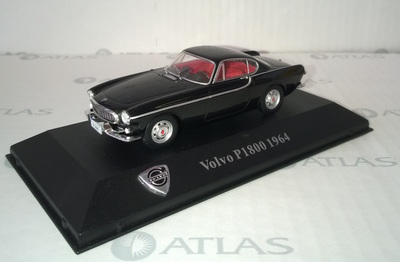
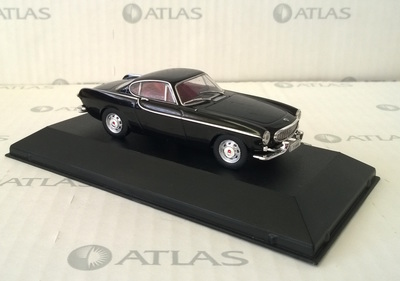
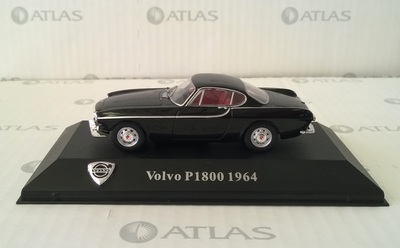
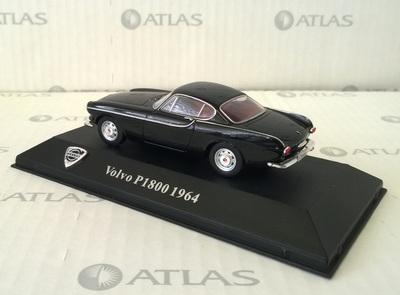
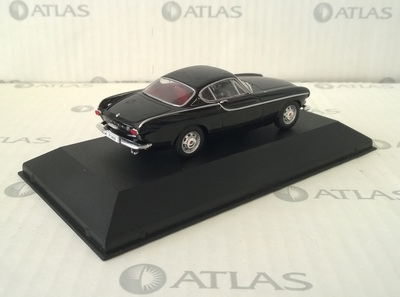

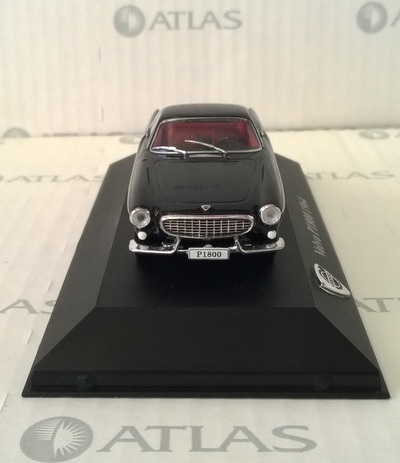
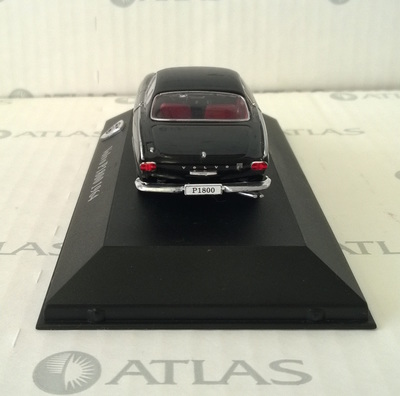
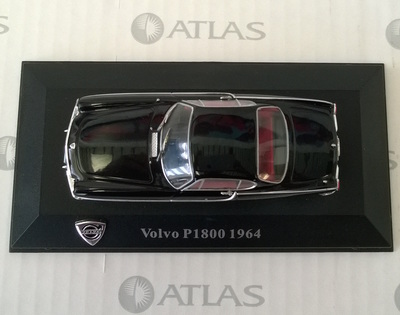
 RSS Feed
RSS Feed
